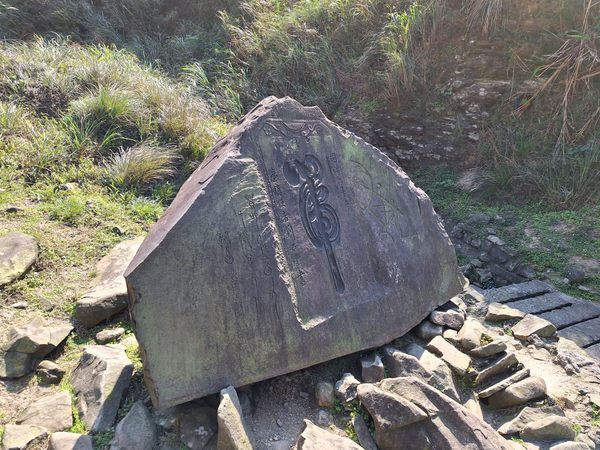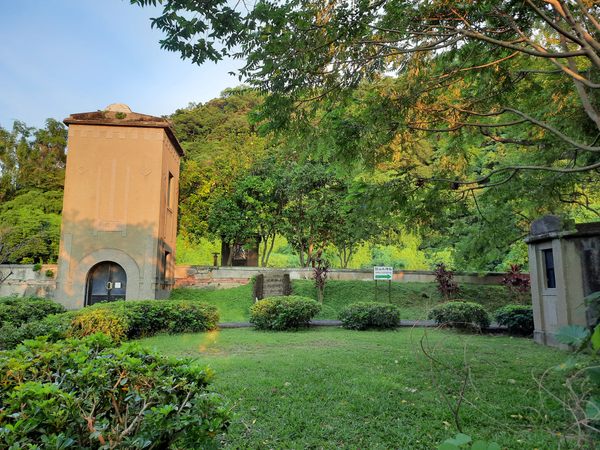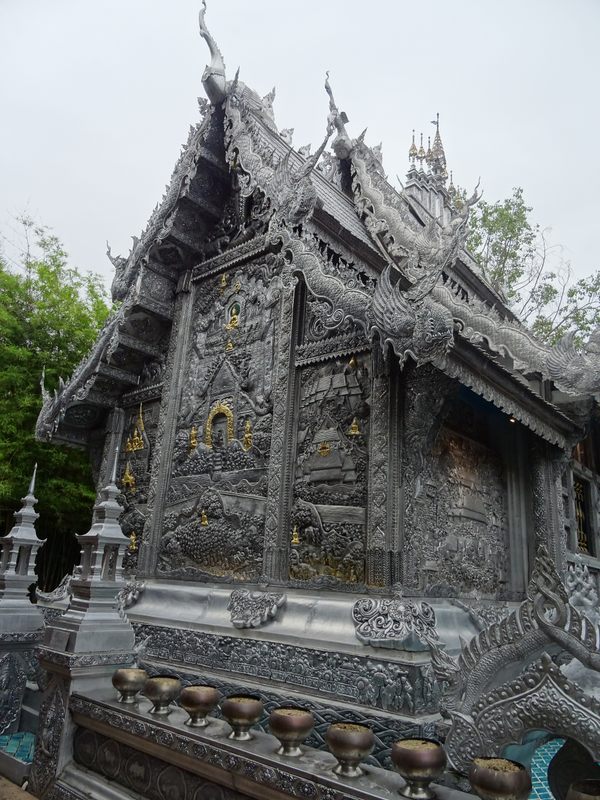The Tiger Inscription in New Taipei City, Taiwan
Caoling Historical Trail is one of the most beloved hiking trails in northern Taiwan. The route is a segment of the larger Tamsui-Kavalan Trails system, which Han Chinese immigrants used to get through the blocking hills and reach the eastern side of the island. Near the highest point of the hiking trail, a stone inscription has welcomed travelers since 1867. The carved inscription features a single tiger (虎) Chinese character in an artistic style. Most native speakers probably might not even recognize the character without an explanation. The word for "tiger" comes from the saying, “Clouds follow the dragon, winds follow the tiger.” The original inscriber, General Liu Mingdeng of the Qing army, hoped to calm the perennial winds along the route. Fittingly, you will likely encounter gusts of wind when visiting the stone inscription. Just above the stone is a vista point where the trail finally opens to the Pacific Ocean. From there, you’ll be able to spot Turtle Island and the beautiful Yilan coastline. In the past, hikers would bring ink and paper to make rubbings of the inscription, which caused damage to the original. This practice is no longer permitted, and the government has put up many replicas at the Dali Visitor Center that is located at the end of the trail. Another original tiger inscription—similar in style—can be found in the Pilin Tea Museum. Hikers on the Caoling Historical Trail will also come across another stone inscription, the “Xiongzhen Manyan" ("Boldly Quell the Wild Mists") Monument, if they travel north.


Caoling Historical Trail is one of the most beloved hiking trails in northern Taiwan. The route is a segment of the larger Tamsui-Kavalan Trails system, which Han Chinese immigrants used to get through the blocking hills and reach the eastern side of the island. Near the highest point of the hiking trail, a stone inscription has welcomed travelers since 1867.
The carved inscription features a single tiger (虎) Chinese character in an artistic style. Most native speakers probably might not even recognize the character without an explanation. The word for "tiger" comes from the saying, “Clouds follow the dragon, winds follow the tiger.” The original inscriber, General Liu Mingdeng of the Qing army, hoped to calm the perennial winds along the route.
Fittingly, you will likely encounter gusts of wind when visiting the stone inscription. Just above the stone is a vista point where the trail finally opens to the Pacific Ocean. From there, you’ll be able to spot Turtle Island and the beautiful Yilan coastline.
In the past, hikers would bring ink and paper to make rubbings of the inscription, which caused damage to the original. This practice is no longer permitted, and the government has put up many replicas at the Dali Visitor Center that is located at the end of the trail.
Another original tiger inscription—similar in style—can be found in the Pilin Tea Museum. Hikers on the Caoling Historical Trail will also come across another stone inscription, the “Xiongzhen Manyan" ("Boldly Quell the Wild Mists") Monument, if they travel north.






























































.png?width=1920&height=1920&fit=bounds&quality=70&format=jpg&auto=webp#)























































































































.jpg)










































































